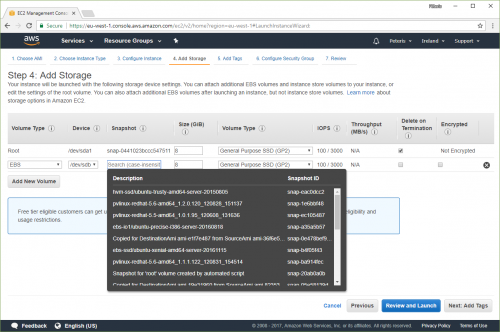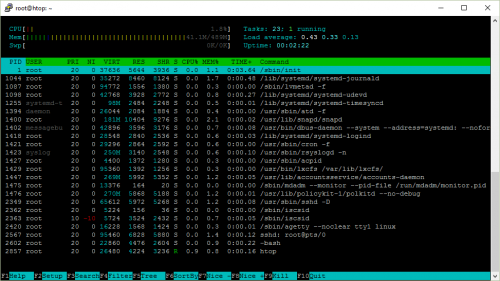“Persisting state between AWS EC2 spot instances” is a handy guide into using Amazon EC2 spot instances instead of on-demand or reserved instances and preserving the state of the instance between terminations. This is not something that I’ve personally tried yet, but with the ever-growing number of instances I managed on the AWS, this definitely looks like an interesting approach.
Category: Sysadmin
System administration is a special are of IT. It also has a special place in my heart. It is an interesting mixture of all the other disciplines, both common across the whole industry, and at the same time unique for each person, company, and geographical location. When I have something to say or share about system administration, I use this category.
jq and jo – handy CLI tools for working with JSON
Here are a couple of really useful command-line tools for anybody working with JSON. The first one is jq, which is a somewhat wider known JSON processor. Here’s a nice tutorial with many examples of how this tool is useful. The second one, is jo – a command-line tool for easier creation of JSON output.
htop explained
“htop explained” is a very detailed guide into the htop Linux system monitoring tool. Even if you are an experienced Linux user, and even if you are not a fan of htop (why aren’t you?), you will still find this guide useful, as it goes into a lot of detail on how htop figures out all the values and where Linux keeps bits and pieces of system information.
Firewalld configuration and usage
If you are a Linux old-timer, who is used to iptables (or even ipchains, or even … anyway), you might find “Firewalld configuration and usage” guide very handy. It covers firewalld concepts and provides a number of examples for zones, ports, services, interfaces and other bits and pieces that you might be scratching your head about, when configuring the modern Linux firewall.
Vim after 15 years
 “Vim after 15 years” is yet another one of those “my Vim configuration review” posts by someone who has been using Vim for 15 years or so.
“Vim after 15 years” is yet another one of those “my Vim configuration review” posts by someone who has been using Vim for 15 years or so.
As someone who is also a long time Vim user, I have to say it’s quite common to review your configuration once in a while and remove some outdated bits which made it into plugins and Vim core, update plugins to newer versions, and replace plugins with newer alternatives.

